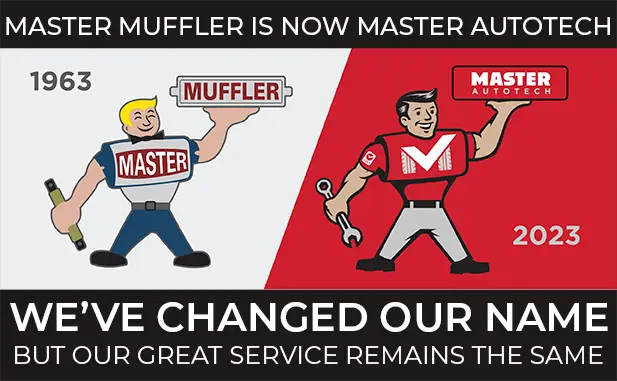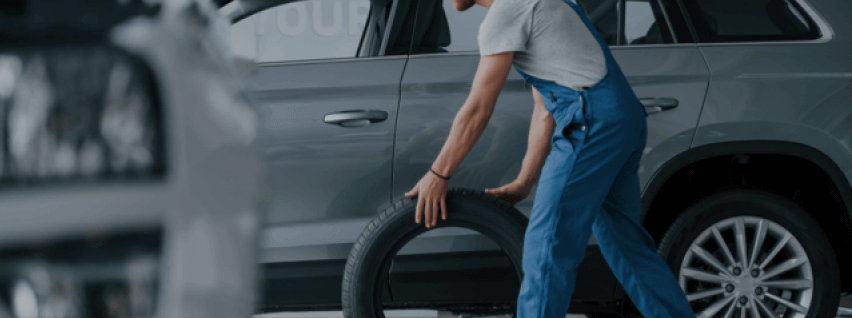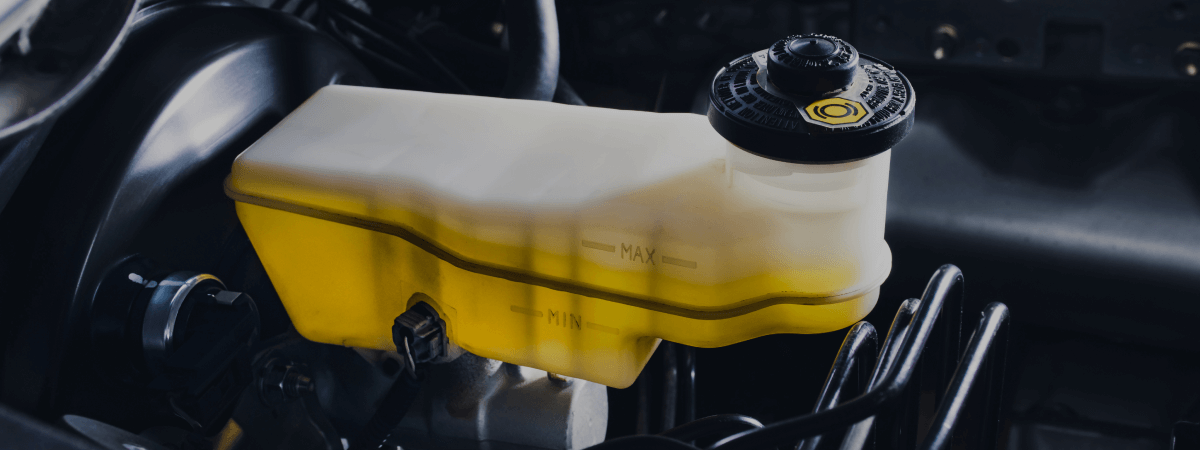It’s important to regularly check the tire pressure of your vehicle. Having a properly inflated tire will give you better gas mileage and extend the life of your tire. Here are some tips on how to properly check and fill your tires.
To check your tire pressure you need a tire pressure gauge. You can purchase an inexpensive pencil type gauge for around $3. If you want to purchase a more accurate gauge look for a quality digital or radial gauge. Get a gauge that reads not too much higher than the amount you need so you can get a better reading.
Next you need to find what pressure your tires are supposed to have. The easiest place to check is the sticker on the inside of the driver’s side door. The sticker may also be on the passenger door or in the glove box. If you can’t find the sticker, check the owner’s manual.
If you have aftermarket rims and tires on your vehicle talk to a really good Utah auto repair tire mechanic. The Utah auto repair mechanic will convert the tire pressure from your old tires to what tire pressure your new tires need.
Some Utah auto repair stores fill tires with nitrogen. Look for green valve stem covers as that signifies your tires are filled with nitrogen. It is ok to fill your nitrogen filled tires with air, although it is best to fill them with nitrogen.
Before filling your tires, measure the tire pressure with a tire gauge so you know which tires are low. Most gas stations will have a gauge attached to the air hose. Check the accuracy of the gas station gauge by filling your tire up to the recommended pressure. Then measure the air pressure with your own gauge. If they are the same, use the gas gauge for the other tires.
If you want to avoid the hassle of remembering to hit a gas station every month to top your tires off consider purchasing an air compressor. What most people don’t know is that a good standup bike pump will do the job. A better option would be to purchase a little 12 volt air compressor.
No matter how you decide on putting air in your tires make sure you keep your tires inflated at the proper level. By keeping your tire pressure at the proper level you’ll save money on gas and your tires will last longer.
Related Posts
Key Takeaways On average, passenger vehicle tires last 40,000 to 60,000 miles, depending on type, driving habits, and maintenance. Replace tires when tread depth reaches 2/32”, if damaged, or older than 10 years. Regular rotation, alignment, and proper inflation extend tire life. Aggressive driving, poor roads, and harsh weather shorten tire lifespan. Take advantage [...]
When you think about car maintenance, you probably focus on oil changes, tire rotations, and maybe even brake pad replacement. But what about your brake fluid? If you’ve ever wondered, “What does brake fluid do?” or “Why is brake fluid important?”, you’re not alone. Brake fluid might not be the most talked-about part of [...]
Is that high-pitched squeal from your brakes driving you—and everyone else—crazy? Don’t ignore it. Squeaky brakes aren’t just annoying, they’re your car’s way of saying something needs attention. Whether you're cruising through Salt Lake City or winding up Idaho’s mountain passes, here’s what’s likely going on, how you can fix it, and when it [...]





